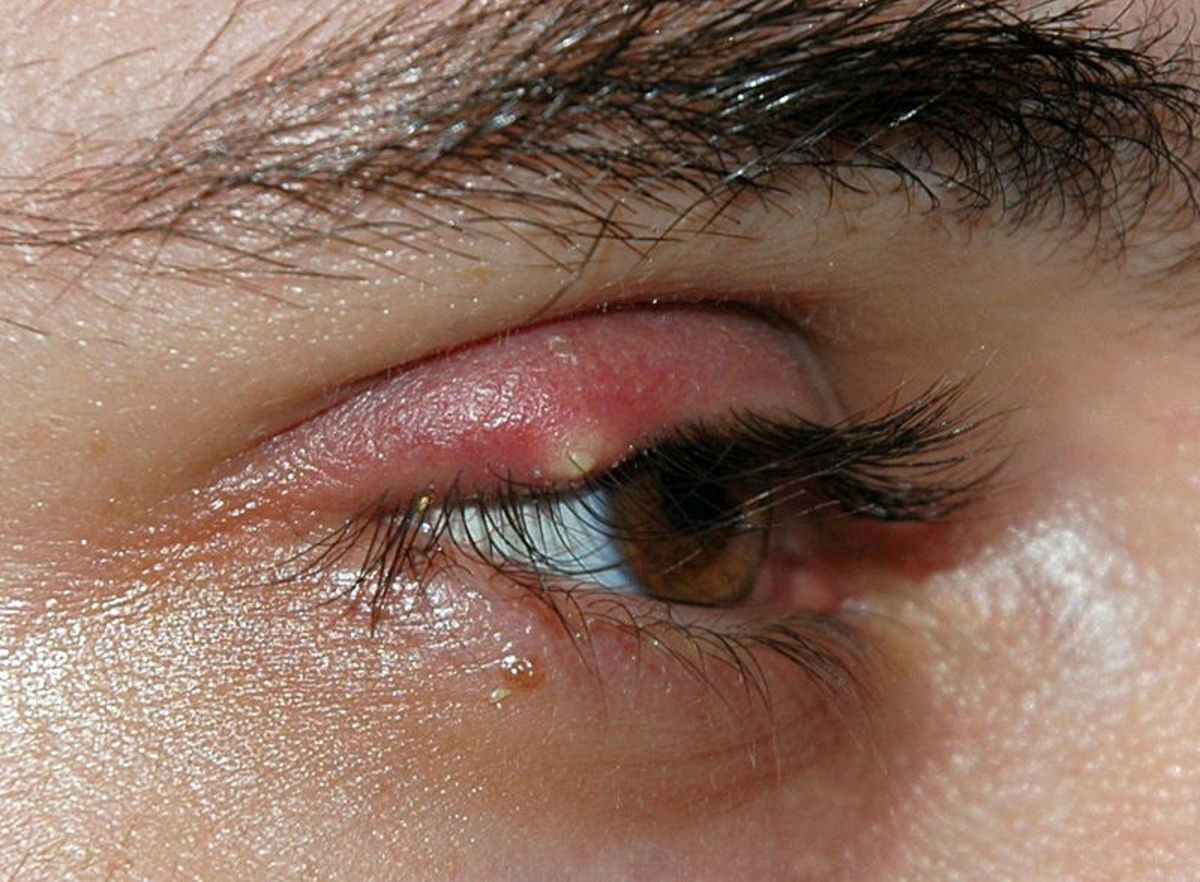Computers Cause Migraines: Computer-Induced Headaches and Eye Strain


Protect Your Eyes from Your Computer
You use your eyes perhaps, more than any other part of your body. You depend on them for nearly everything you do. Are you treating them with the care they deserve? If you use a computer several hours a day, there’s a good chance you aren’t.
Eyestrain can cause eye fatigue, red eyes, pain in or around the eyes, blurred vision, stress headaches, cluster headaches, migraines, and occasionally even double vision. Eye fatigue, in turn, can cause degraded vision, and can last as long as you regularly strain your eyes.
Avoid Focus Confusion
The first step in reducing eyestrain from your computer is understanding why reading from a monitor is worse than reading from paper.
Printed text has a very "hard" edge between the black ink of the text and white paper on which it’s printed. Text on monitors has a less defined edge, and this causes "focus confusion". While the Amazon Kindle's E Ink greatly reduces this effect, as well as the "HD"-rated tabs growing in popularity, modern desktops and laptops actually take steps to make focus confusion worse.
Gone are the days of ugly, sharp, blocky fonts—nearly all computers, PC and Macs alike, use special methods to smooth the edges of fonts when displayed on your monitor, such as Microsoft’s patented ClearType technology. Although it looks more pleasing to the eye, it can cause you some serious pain by contributing to eyestrain.
Font smoothing methods try to fool your eye by making clear jagged curves (with sharp edges) look like clear, smooth curves (with blurred grays, hard-to-focus-on edges). They certainly do fool your eyes—only too well.
Disabling font smoothing is the single most effective step you can take to thwart computer-induced eyestrain. Your text will look uglier, but your eyes will thank you. You can find steps to disabling font smoothing for Windows XP and Windows 7 at the end of this article.
The advent of larger monitors may have brought you another cause of eyestrain: higher resolution. You may unintentionally have set your resolution too high, leaving your fonts smaller than they would have been on a much older, smaller monitor. If you don’t want to lose the extra desktop real estate that accompanies higher resolutions, you’ll need to increase the default system font to a point where the text is large enough to keep your eyes comfortable.
Reduce Glare
Adjust your monitor brightness and/ or lighting so your monitor is brighter than the other light in the room. Additionally, if you wear glasses consider getting an anti-glare coating on your next set of lenses.
Correct Distance
Keep the correct distance between your eyes and your monitor. Too close or too far can both strain your eyes after continual focus. You can find the optimum distance simply by extending your arm; your palm should barely rest on your monitor without leaning forward or backward.
Keep Continuous Focus
You don’t want your eyes to change focus for every line of text you read, so make sure your monitor isn’t tilted. It should be straight-on to your face.
If you use dual monitors, make sure they’re at the same distance and angle to your face. This means, if they’re large, they shouldn’t be in the same plane. If they’re different sizes, adjust the resolution and default character display size so the same text, when displayed on both monitors, is the same size.
Refresh Rate
If you have a glass monitor (as opposed to LCD or plasma) make sure your refresh rate is set to the highest rate your monitor supports. You may need to refer to your monitor’s owner’s manual—and I suggest Googling for it since you probably threw it away years ago—i.e. Google: "Zenith 554234” + manual (no, 554234 is not an actual Zenith model #). Lower refresh rates— even for those who do not notice a flicker—have been associated with migraine headaches, and for those prone to them, even seizures.
Rest Your Eyes: Dry Eyes Cause Damage
Take breaks. Prolonged focus on your monitor can cause not only eyestrain, but can lead to dry eyes, which in turn can cause your eyelids to scrape layers of cells off your cornea when you blink. Your cornea should have five layers of cells. According to my Optometrist at my last visit, I had unknowingly—and without any noticeable pain—worn away two layers of my cornea on the lower half of my eye lenses, due to dry eyes. At his advice, I keep a bottle of standard eye drops at my desk, in addition to taking eye breaks. In severe cases of dry eyes, sufferers [often unsuspectingly] sleep with their eyes open, and may need to apply a prescription eye cream before going to sleep. It’s the blinking action, or your eyelids being scraped over dry lenses, that must be prevented.
I hope you’ve found these steps helpful. If you have further concerns about eyestrain, or experience physical pain in your eyes, you should seek the advice of an Optometrist or Ophthalmologist. Eyestrain and dry eyes can cause serious problems without noticeable pain in your eyes. If you have noticeable pain in your eyes, you may have more serious vision issues. The expression, prevention is the best medicine, works especially well for your eyes.
Disabling font smoothing on Microsoft Windows XP:
Open Control Panel. If you have a "Manage ClearType fonts" icon, use it to disable ClearType fonts. If not, open the Display Properties icon.
Select the Appearance tab.
Select the Effects button.
Select the Effects button.
Disable the checkbox beside "Use the following method to smooth edges of screen fonts".
<OK>
<OK>
Disabling font smoothing on Microsoft Windows 7:
Open Control Panel.
Select Fonts.
Select ‘Adjust ClearType test’.
Disable ClearType and any other font smoothing technique here.
<OK>
<OK>
Free Online Article provided by:
Terreldor Press http://www.Terreldor.com
Photo credits:
Male migraine sufferer: Bob Smith Georgetown, Mass
Female migraine sufferer: Ariel Camilo
Amazon Kindle is a registered trademark of Amazon Technologies, Inc. or its affiliates.
E Ink is a registered trademark of E Ink Corporation.
Mac is a registered trademark of Apple, Inc.
PC is a registered trademark of International Business Machines Corporation.
Microsoft is a registered trademark of Microsoft Corporation.
Microsoft WindowsXP is a registered trademark of Microsoft Corporation.
Microsoft Windows7 is a registered trademark of Microsoft Corporation.
ClearType is a registered trademark of Microsoft Corporation.
Google is a registered trademark of Google, Inc.
Zenith is a registered trademark of Zenith Electronics LLC.



